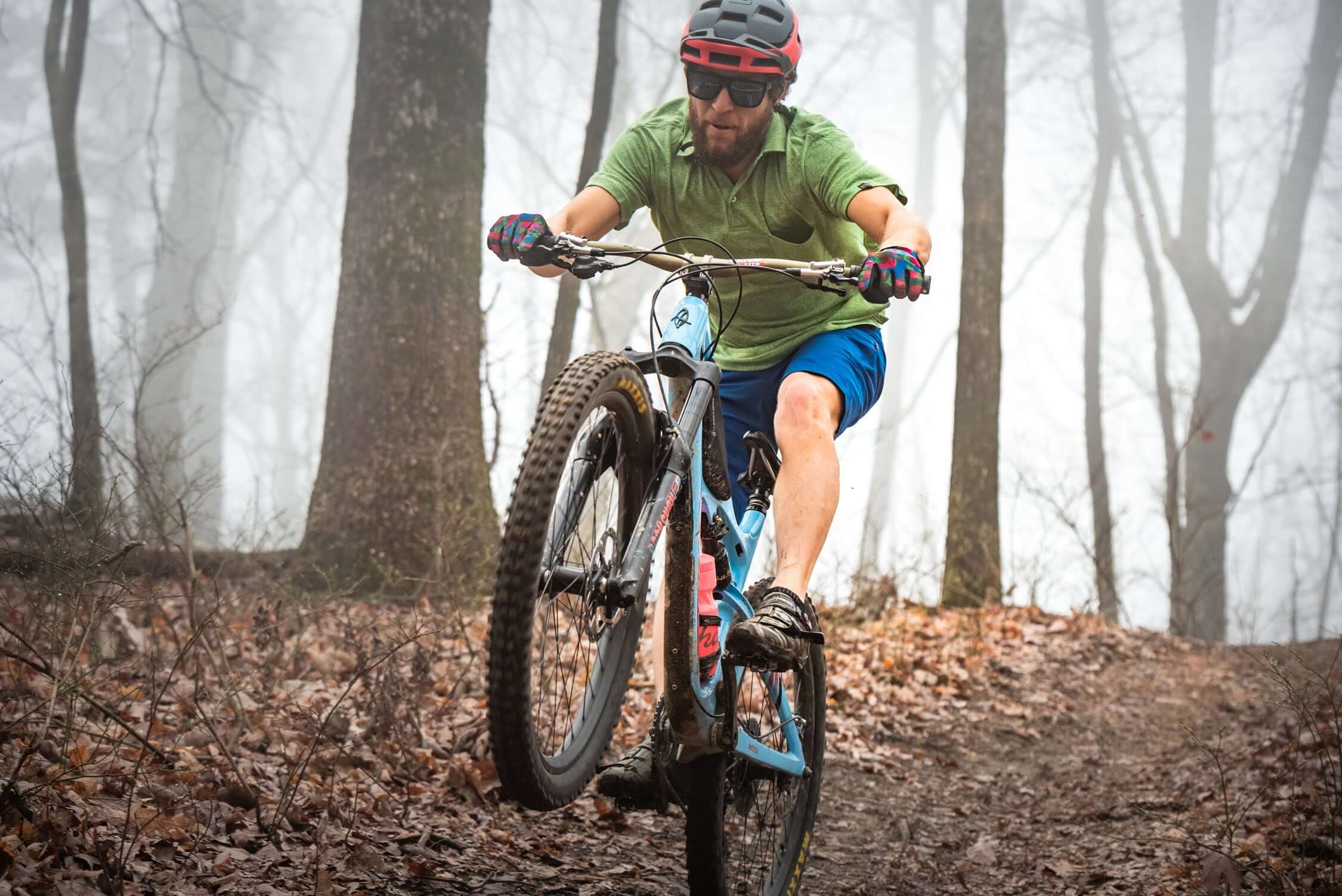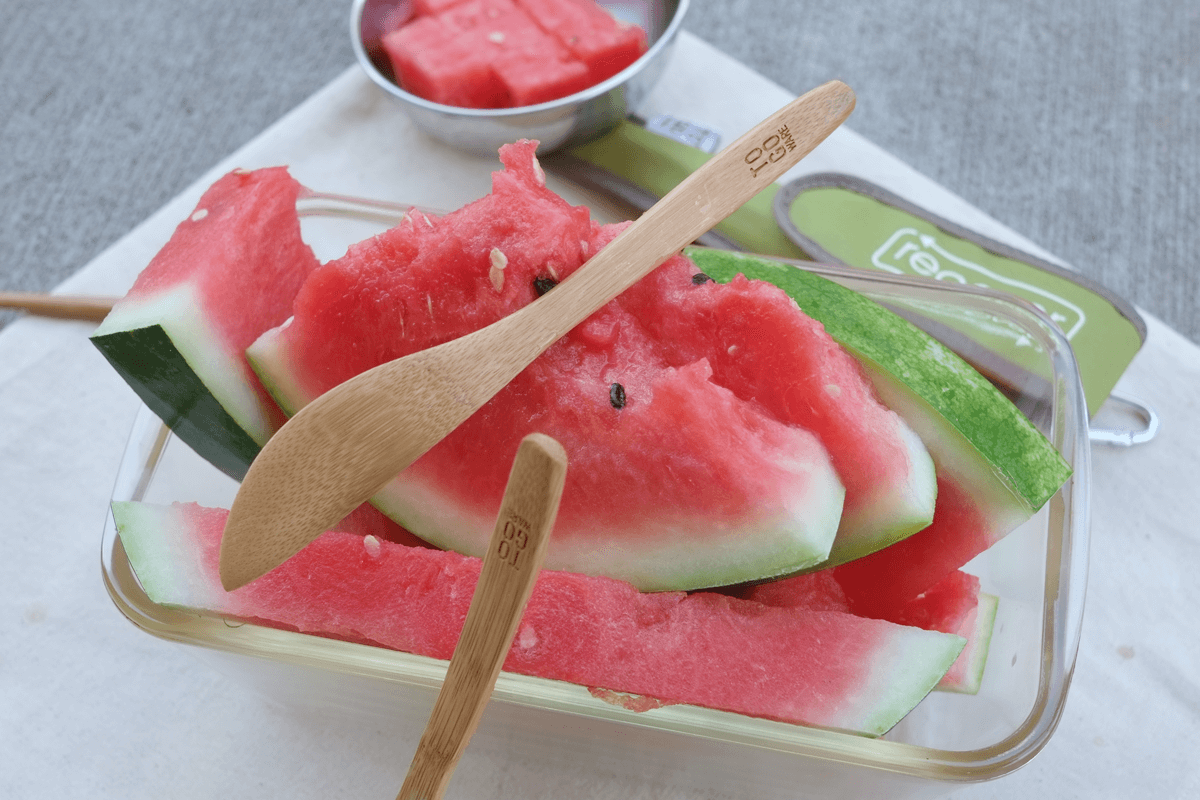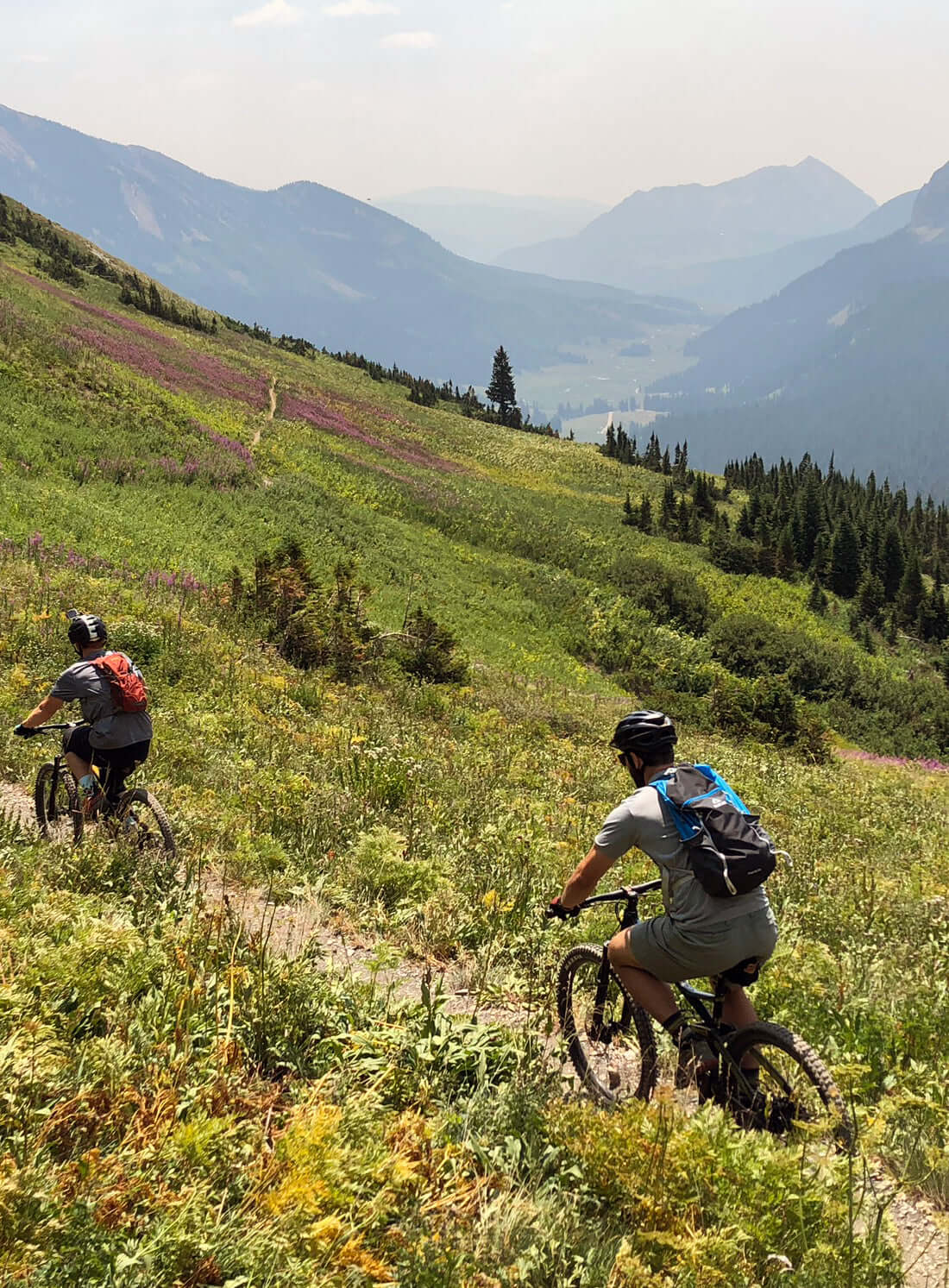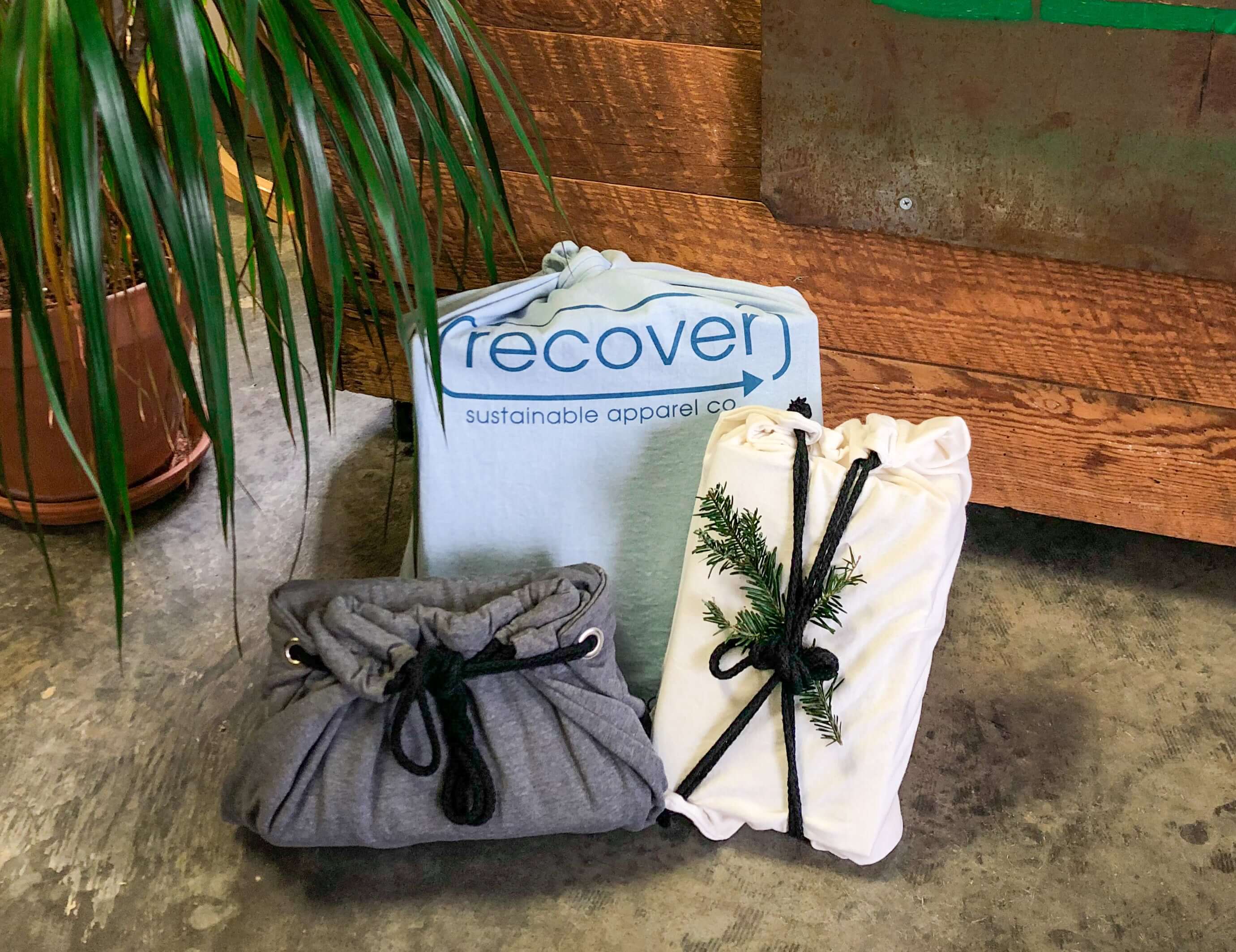It’s bike season and whether you’re biking to the grocery store or hitting the trails, your bike could probably use a little summer love. We don’t know about you, but basic bike maintenance and how-to can be intimidating if you’re just getting into it--- BUT, there are a couple of simple tips and tricks to bike maintenance basics that make it easy for new to seasoned riders.
Here’s our Recover Bike Maintenance 101…
Before you go out for a spin, do a quick assessment of your bike. Remember, it all comes back to your ABCs: Air, Brakes, and Chain.

AIR
- Check your tire pressure.
Maintaining recommended tire pressure will reduce your chance of getting a flat, give your tires longer life, and make for a more efficient ride. The recommended range for PSI is noted on the tire, right along the rim; however, this recommended range leaves quite a bit of flexibility for what type of you’re riding doing, personal preference, and how much you weigh. Going towards the higher end of recommended PSI (riding a firmer tire) gives you less rolling resistance and makes it easier for you to carry your speed, whereas going towards the lower end (riding a squishier tire) will give you more grip. So, if you’re doing more road riding, higher PSI is better, whereas if you’re doing more technical mountain biking, lower PSI is better within the recommended range.
- Tighten Up!
While checking your tires, take the opportunity to check your quick-release levers, valve stem caps, and thru axles (if you have them) are tightened up.
- Just in case- Be prepared.
Be prepared to change a flat and keep a spare tube, patch kit, and pump handy just in case. Carrying these essentials can make a big difference between walking for miles and continuing to cruise. Flat tires happen, and it’s always great to have the essentials and be able to offer help to someone less prepared too!
BRAKES
- Check those brakes!
Do a quick squeeze of your front and rear brake levers to make sure they both engage. You can do one or a combo of a visual check, rolling the bike a touch while you are beside it and squeezing each brake to test the effectiveness, and doing a slow couple of pedals on the bike and squeezing each brake to test the effectiveness. Whether you have disc brakes or V-brakes, if your brakes aren’t functioning properly, check that they are clean and the connections and cables are intact. If simple troubleshooting doesn’t address your brakes’ effectiveness, then head to a bike mechanic for a look- brakes of course aren’t something to “wait out” if there is something wrong.
- Keep ‘em clean and greased!
Similar to your chain (which we’ll go into next), you want to keep your brakes clean and greased. This means after a muddy ride, you want to rinse your bike off and dry it, doing your best to do a quick swoop through all of the nooks and crannies. This will prevent both rust and gear malfunction. Apply lubrication to your brake levers and any moving parts frequently.
CHAIN
- Clean and lubricate your chain on a regular basis for smooooooth riding
Your chain is your bike’s most “at risk” moving part. In order to maintain a smooth ride and reduce chain wear, keep your chain clean by using a rag and bike-specific degreaser (choose an environmentally-friendly one and avoid kerosene or turpentine). If you have a lot of built up grime on your chain, you may want to use a chain-cleaning device, something you can repurpose such as an old toothbrush, or something you can pick up at your local outdoor shop. After degreasing, apply lubricant, let it dry, and then wipe off excess before heading out to avoid more dirt sticking to your chain. Whenever your chain appears dry or squeeks, apply lubricant to keep it spinning smooth.
And that’s it! ABCs: Air, Brakes, and Chain. Keep it clean, keep it greased, and keep things tightened up. It’ll extend the life of your bike and be a big come up on riding experience if your bike hasn’t had a check-over in a little while. The more often you do it, the easier it’ll be.
Enjoy the ride!









